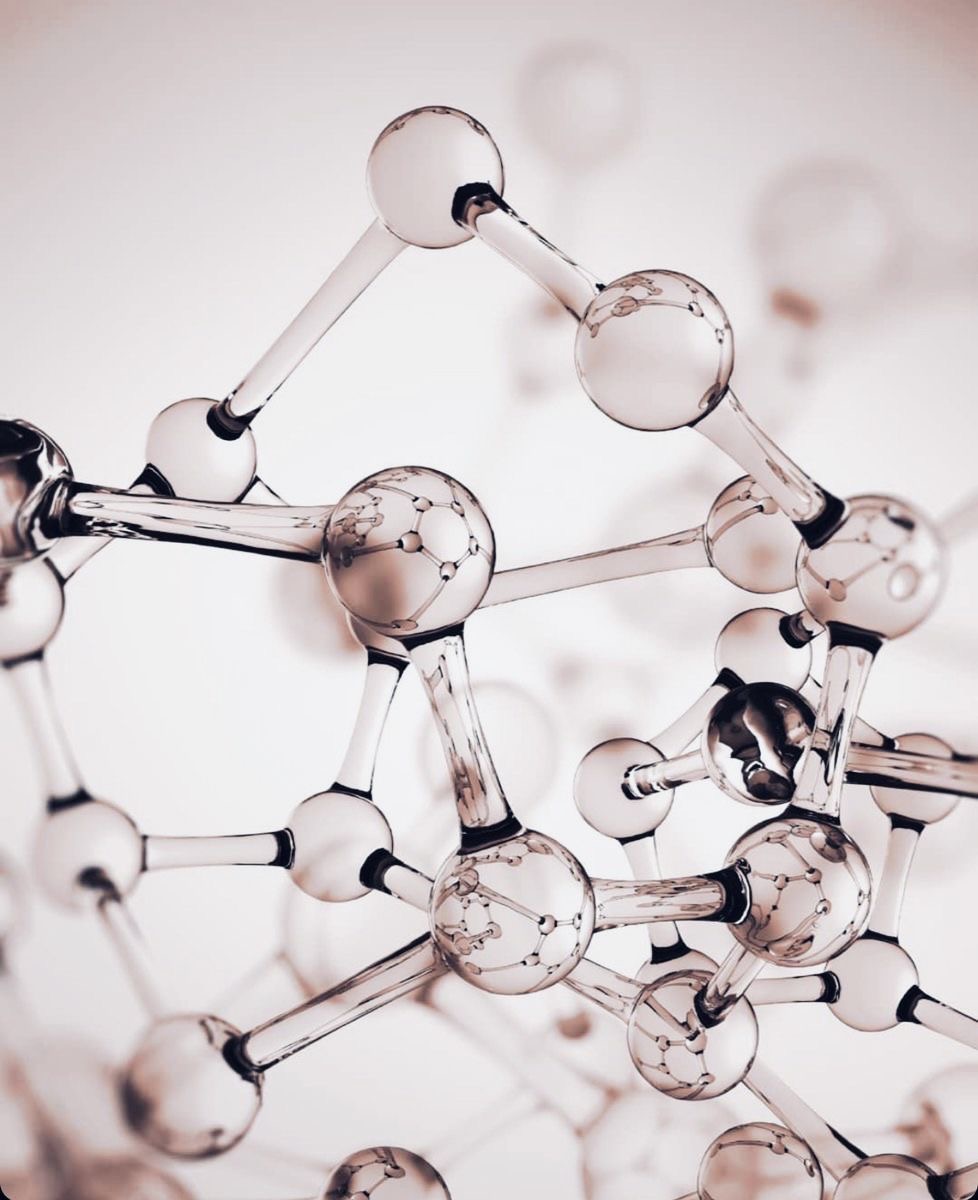Dissolving Fillers

In recent years, the beauty and aesthetics industry has witnessed a significant shift towards embracing natural appearances, leading many to reconsider and, in some cases, dissolve their dermal fillers. This movement, often referred to as the “Great Dissolving,” reflects a broader trend of individuals seeking to reverse previous cosmetic enhancements in favor of a more authentic look.
Understanding Dermal Filler Dissolving
Dermal fillers, particularly those based on hyaluronic acid, have been popular for adding volume and reducing wrinkles. However, factors such as overfilling, filler migration, or simply a change in aesthetic preference have led some to opt for dissolving these fillers. The process involves injecting an enzyme called hyaluronidase, which breaks down hyaluronic acid-based fillers, allowing the body to metabolize and eliminate them. This procedure is relatively quick, with results typically visible within 24 to 48 hours.
The Rise of the ‘Natural Look’ Trend
The shift towards a more natural appearance has been influenced by various factors, including celebrity choices and social media trends. Influencers like Anna Paul have publicly shared their decisions to dissolve fillers, resonating with followers and encouraging others to embrace their natural features. Platforms like TikTok have become hubs for discussions on cosmetic procedures, with many users advocating for subtle enhancements over dramatic alterations.
Considerations Before Dissolving Fillers
While dissolving fillers is generally safe, it’s essential to be aware of potential risks and outcomes:
• Allergic Reactions: Although rare, some individuals may experience allergic reactions to hyaluronidase. A patch test is often recommended before the procedure.
• Volume Loss: Dissolving fillers can lead to sudden volume loss, resulting in increased skin laxity or fine wrinkles. This effect is partly due to natural aging and the sudden reduction of hyaluronic acid in the skin.
• Choosing a Qualified Practitioner: Given the complexities and potential risks, it’s crucial to consult with experienced and qualified professionals. The aesthetics industry, particularly in the UK, is largely unregulated, leading to concerns about unqualified individuals performing these procedures.
Post-Dissolving Care
After dissolving fillers, proper aftercare is vital to ensure a smooth recovery:
• Avoid Extreme Temperatures: Steer clear of excessive heat or cold to minimise swelling and discomfort.
• Limit Physical Activity: Refrain from strenuous exercise for a few days post-procedure.
• Follow Professional Advice: Adhere to specific aftercare instructions provided by your practitioner to promote healing and achieve the desired outcome.
Conclusion
The trend towards dissolving dermal fillers underscores a broader cultural shift towards authenticity and natural beauty. While the desire to reverse previous enhancements is personal, it’s essential to approach the process with caution, understanding the potential risks and consulting with qualified professionals. As beauty standards evolve, the emphasis remains on individual choice and the pursuit of what makes each person feel confident and comfortable in their skin.